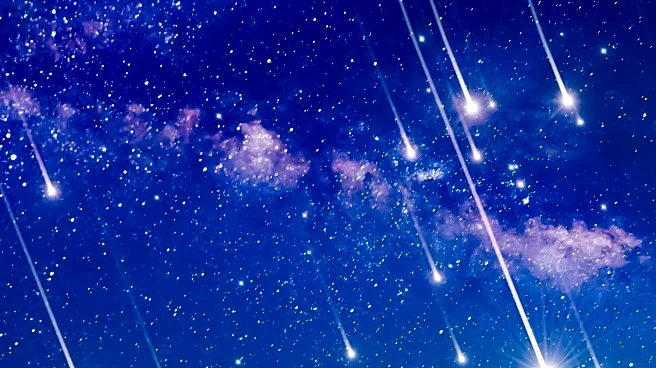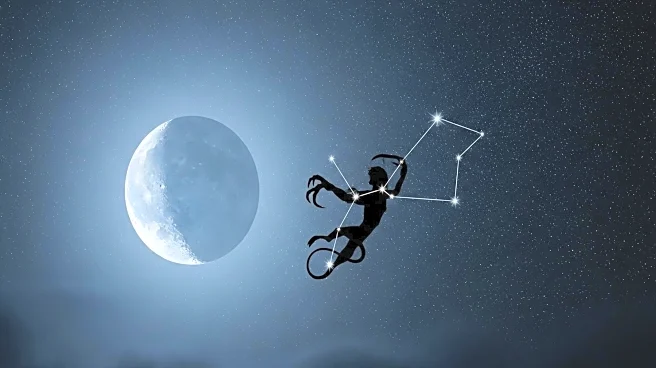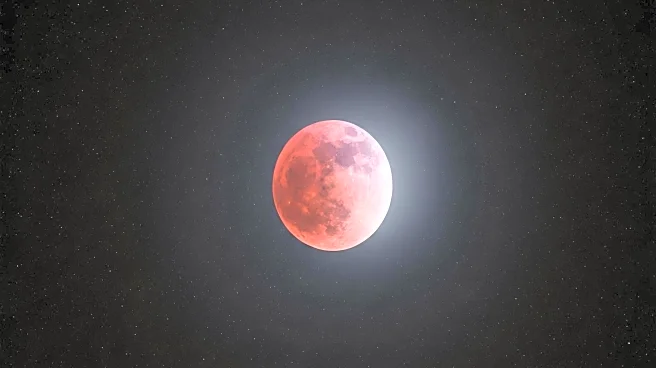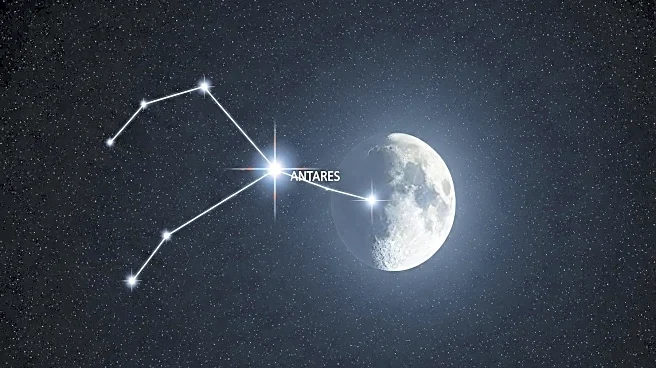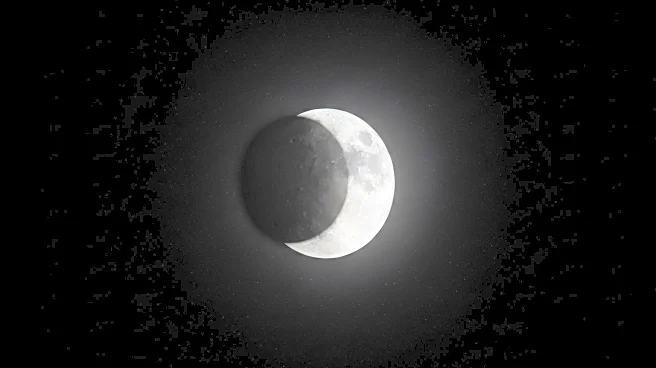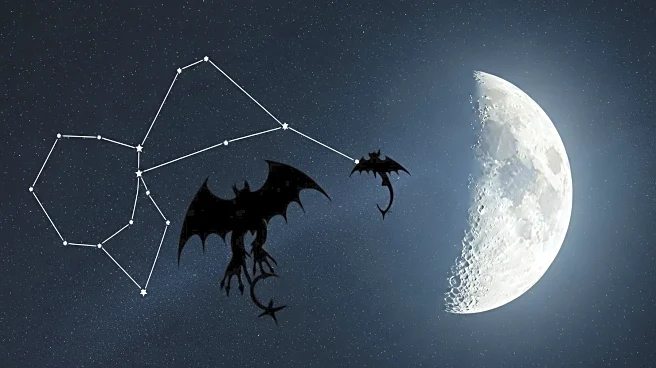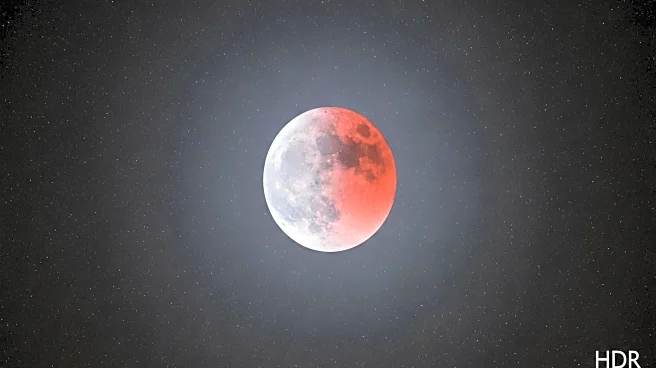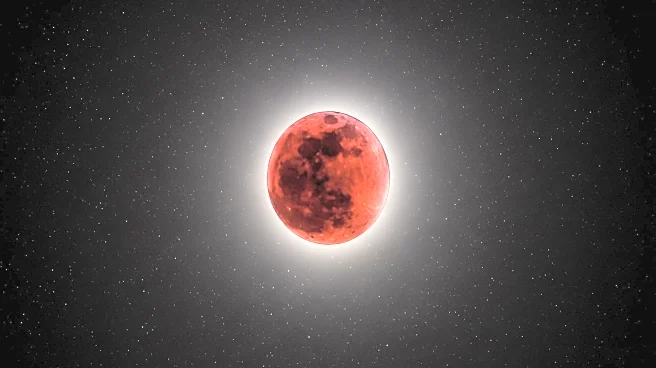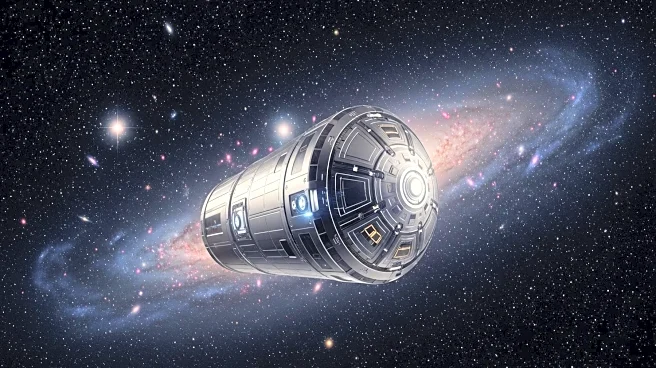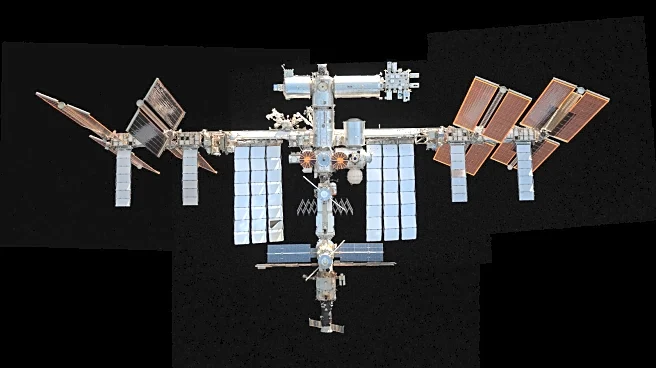What's Happening?
The Aurigid meteor shower, an annual celestial event, is set to peak on August 31, 2025, providing a rare opportunity for stargazers to witness shooting stars. This meteor shower occurs as Earth passes through the debris trail left by the long-period comet C/1911 N1 Kiess, which last visited the inner solar system approximately 2,000 years ago. During the peak, up to six meteors per hour may be visible, although experts from the American Meteor Society suggest that the actual number might be closer to one meteor per hour. The meteors will appear to originate from a radiant point near the star theta Aurigae in the constellation Auriga. The best viewing time for observers in the U.S. is in the early morning hours of September 1, when the radiant is highest in the eastern sky.
Why It's Important?
Meteor showers like the Aurigids offer a unique opportunity for the public to engage with astronomy and appreciate the natural wonders of the night sky. Such events can inspire interest in science and space exploration, potentially influencing educational pursuits and career choices in these fields. Additionally, meteor showers provide valuable data for scientists studying the composition and behavior of comets and their debris. The Aurigids, linked to a comet that last visited the inner solar system millennia ago, offer insights into the long-term dynamics of cometary orbits and the evolution of the solar system.
What's Next?
As the Aurigid meteor shower peaks, stargazers are encouraged to find locations with minimal light pollution to maximize their viewing experience. The use of smartphone astronomy apps can assist in locating the radiant point for optimal viewing. Photographers interested in capturing the event are advised to use cameras with rugged designs suitable for night sky imaging. The next significant meteor shower, the Perseids, will occur later in the year, providing another opportunity for celestial observation.
Beyond the Headlines
Meteor showers like the Aurigids highlight the importance of preserving dark skies, which are increasingly threatened by urban light pollution. Efforts to reduce light pollution can enhance the visibility of such natural phenomena, promoting environmental awareness and conservation. Additionally, these events underscore the interconnectedness of celestial bodies and the ongoing influence of ancient comets on Earth's environment.
